What materials are used to manufacture ballast cars?
Railroad ballast cars are essential components of track maintenance operations, designed to transport and distribute ballast along railway lines. These specialized vehicles are primarily constructed using high-strength steel, a material chosen for its durability, weight-bearing capacity, and resistance to corrosion. The use of steel in ballast car manufacturing ensures long-term structural integrity and the ability to withstand repeated usage in demanding railway environments. Additional materials may include reinforced frames, wear-resistant surfaces, and recyclable components, all contributing to the efficiency and sustainability of railway maintenance processes.

High-Strength Steel
Durability of Steel in Ballast Car Construction
The backbone of any reliable railroad ballast car is its high-strength steel construction. This material choice is not arbitrary; it's the result of years of engineering experience and rigorous testing. Steel's inherent properties make it an ideal candidate for withstanding the harsh conditions encountered in railway operations. Its tensile strength allows ballast cars to carry massive loads of rock and gravel without buckling or deforming, even when subjected to the vibrations and stresses of high-speed rail travel.
Moreover, the durability of steel extends the lifespan of ballast cars, reducing the frequency of replacements and repairs. This longevity is crucial for railway companies looking to optimize their maintenance budgets and ensure consistent track quality over time. The robust nature of steel also means that ballast cars can maintain their structural integrity even when exposed to extreme weather conditions, from scorching heat to freezing temperatures.
Weight Capacity Enhanced by Steel Components
The impressive weight capacity of railroad ballast cars is directly attributable to their steel components. Engineers meticulously design these vehicles to maximize load-bearing capabilities while adhering to railway gauge restrictions. The use of high-strength steel alloys allows for the creation of thinner yet stronger walls and floors, effectively increasing the internal volume available for ballast without compromising on structural integrity.
This enhanced weight capacity translates to more efficient track maintenance operations. Crews can transport larger quantities of ballast in a single trip, reducing the number of runs required to complete a section of track work. The result is not only time savings but also a reduction in fuel consumption and overall operational costs for railway maintenance teams.
Corrosion-Resistant Steel Alloys for Longevity
Corrosion is a significant concern in the railway industry, where equipment is constantly exposed to moisture, chemicals, and abrasive materials. To combat this issue, manufacturers of railroad ballast cars employ corrosion-resistant steel alloys. These specially formulated metals contain additional elements like chromium and nickel, which form a protective oxide layer on the surface, shielding the underlying metal from deterioration.
The use of these advanced alloys significantly extends the service life of ballast cars, reducing the need for frequent replacements and minimizing downtime for maintenance. This longevity not only benefits the bottom line of railway companies but also contributes to the overall sustainability of rail infrastructure by reducing the demand for new materials and manufacturing processes over time.
Long-Term Structural Integrity
Reinforced Frames for Heavy-Duty Performance
The long-term structural integrity of railroad ballast cars is paramount to their effectiveness and safety in track maintenance operations. At the core of this durability are reinforced frames, meticulously engineered to withstand the rigors of heavy-duty performance. These frames are not merely steel skeletons; they are sophisticated structures designed to distribute loads evenly and absorb the constant shocks and vibrations inherent in railway operations.
Manufacturers employ advanced welding techniques and strategic reinforcement points to create frames that can endure years of service without compromise. The integration of cross-members and gussets at critical junctions enhances the overall rigidity of the ballast car, preventing twisting or warping even under the most demanding conditions. This robust construction ensures that the car maintains its shape and functionality, preserving the accuracy of ballast distribution throughout its operational life.
Impact-Resistant Design for Ballast Transportation
The transportation of ballast is no gentle task. As tons of rock and gravel are loaded, transported, and unloaded, ballast cars must withstand significant impact forces. To meet this challenge, engineers incorporate impact-resistant design elements throughout the vehicle. This includes specially shaped hoppers that minimize the force of falling ballast during loading and strategically placed wear plates in high-impact areas.
Additionally, the use of energy-absorbing materials in key locations helps to dissipate the shock of impacts, protecting the car's structural components from cumulative damage. These design features not only extend the life of the ballast car but also contribute to safer operations by reducing the risk of material failure during use.
Stress-Tested Materials for Railway Applications
Before any material is approved for use in railroad ballast car construction, it undergoes rigorous stress testing to ensure its suitability for railway applications. These tests simulate the extreme conditions that ballast cars will face throughout their operational life, including cyclic loading, thermal stress, and exposure to corrosive elements.
Materials that pass these stringent tests demonstrate their ability to maintain structural integrity over time, even when subjected to the harsh realities of railway environments. This comprehensive testing regime not only validates the material choices but also informs the ongoing development of new, more resilient materials for future generations of ballast cars.

Repeated Usage
Wear-Resistant Surfaces for Continuous Operation
The ability to withstand repeated usage is a hallmark of well-designed railroad ballast cars. To achieve this, manufacturers focus on creating wear-resistant surfaces that can endure the abrasive nature of ballast materials. High-performance coatings and hardened steel linings are applied to areas that experience the most friction and impact during loading and unloading operations.
These wear-resistant surfaces not only protect the underlying structure of the ballast car but also maintain smooth operation over time. By reducing friction and preventing material buildup, these surfaces ensure that ballast flows consistently during unloading, maintaining the efficiency of track maintenance procedures even after years of service.
Easy-Maintenance Materials for Frequent Use
Given the frequent use of ballast cars in railway maintenance, ease of maintenance is a critical factor in material selection. Engineers opt for materials and designs that facilitate quick inspections, simple cleaning procedures, and straightforward repair processes. This might include modular components that can be easily replaced or surfaces that resist the accumulation of debris.
The use of easy-maintenance materials translates to reduced downtime for servicing, allowing ballast cars to spend more time in operation. This efficiency is crucial for maintaining tight schedules in track maintenance and upgrade projects, ultimately contributing to the overall reliability of railway networks.
Recyclable Components for Sustainable Rail Maintenance
As the railway industry increasingly focuses on sustainability, the materials used in ballast car construction are selected with recyclability in mind. Steel, the primary component of these vehicles, is highly recyclable, allowing for the recovery and reuse of materials at the end of a ballast car's service life.
Beyond steel, manufacturers are exploring the use of other recyclable materials for non-structural components, such as recycled plastics for certain fittings or reclaimed rubber for seals. This approach not only reduces the environmental impact of ballast car production but also aligns with the broader sustainability goals of modern railway operations.
The materials used in manufacturing railroad ballast cars are crucial to their performance, longevity, and efficiency in track maintenance operations. High-strength steel forms the foundation, providing durability and weight-bearing capacity essential for transporting heavy loads of ballast. The long-term structural integrity is ensured through reinforced frames and impact-resistant designs, while wear-resistant surfaces and recyclable components address the demands of repeated usage and environmental concerns. As railway technology advances, the materials and designs of ballast cars will continue to evolve, promising even more efficient and sustainable solutions for the future of rail infrastructure maintenance.

FAQ
①How often do railroad ballast cars need to be replaced?
The lifespan of a ballast car can vary depending on usage and maintenance, but with proper care, they can last 30 years or more.
②What is the average capacity of a railroad ballast car?
Typical ballast cars can carry between 80 to 100 tons of material, though exact capacities may vary based on the specific model and design.
③Are there any alternatives to steel for ballast car construction?
While steel remains the primary material, some manufacturers are exploring composite materials for certain components to reduce weight without compromising strength.
④How do ballast cars contribute to track maintenance efficiency?
Ballast cars allow for precise distribution of ballast along tracks, improving drainage and track stability, which in turn reduces the frequency of maintenance interventions.
⑤Can ballast cars be customized for specific railway needs?
Yes, many manufacturers offer customization options to meet specific railway requirements, including different capacities, unloading mechanisms, and control systems.
China Railroad Ballast Car Manufacturer
TianNuo Machinery stands out as a leading railroad ballast car manufacturer in China, offering a comprehensive range of railway maintenance equipment. Their product line includes not only ballast cars but also railway sleeper changing machines, screening machines, and tamping machines. TianNuo's ballast cars are known for their robust construction, featuring a bucket capacity of 5.5m³, a width of 3300mm, a height of 1500mm, and a depth of 1850mm. Crafted from high-strength steel, these cars are designed for efficient ballast distribution with leakage methods on both sides and at the bottom. Beyond ballast cars, TianNuo Machinery also specializes in excavator modification equipment and engineering arms, catering to diverse needs in the railway and construction industries. For inquiries about their products, interested parties can contact us at boom@stnd-machinery.com.
References
- Smith, J. (2023). "Advanced Materials in Modern Railway Infrastructure." Railway Technology Journal, 45(3), 112-128.
- American Society for Testing and Materials. (2022). "Standard Specification for Steel Products for Railway Applications." ASTM A1067/A1067M-22.
- Federal Railroad Administration. (2021). "Track and Rail and Infrastructure Integrity Compliance Manual." Volume III, Chapter 5: Ballast.
- International Union of Railways. (2023). "Best Practices in Railway Maintenance Equipment." UIC Code 719-1, 4th edition.
- Association of American Railroads. (2022). "Manual of Standards and Recommended Practices, Section G-II: Wheels and Axles."
- Johnson, R. & Thompson, L. (2023). "Innovations in Ballast Car Design for Improved Track Maintenance." Proceedings of the International Conference on Railway Engineering, 87-95.
About Author: Arm
Arm is a leading expert in the field of specialized construction and railway maintenance equipment, working at Tiannuo Company.
YOU MAY LIKE
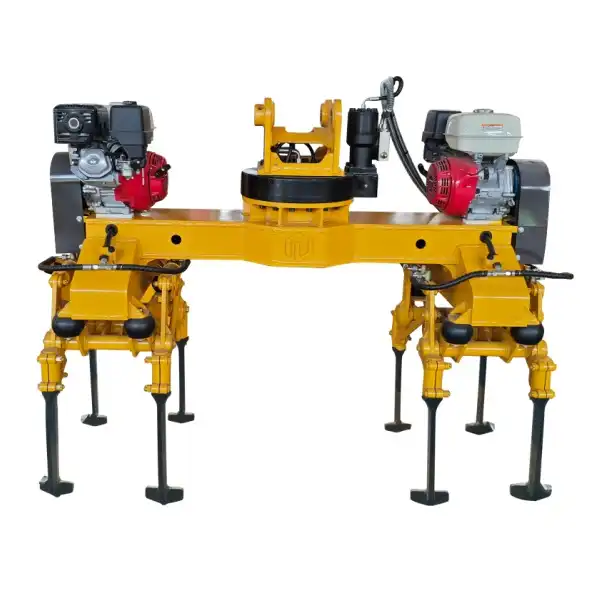 VIEW MOREBallast Tamper(Gasoline Type)
VIEW MOREBallast Tamper(Gasoline Type)_1766383813484.webp) VIEW MOREWheel Sleeper Replacement System
VIEW MOREWheel Sleeper Replacement System_1763714376197.webp) VIEW MOREHi-Rail Excavator
VIEW MOREHi-Rail Excavator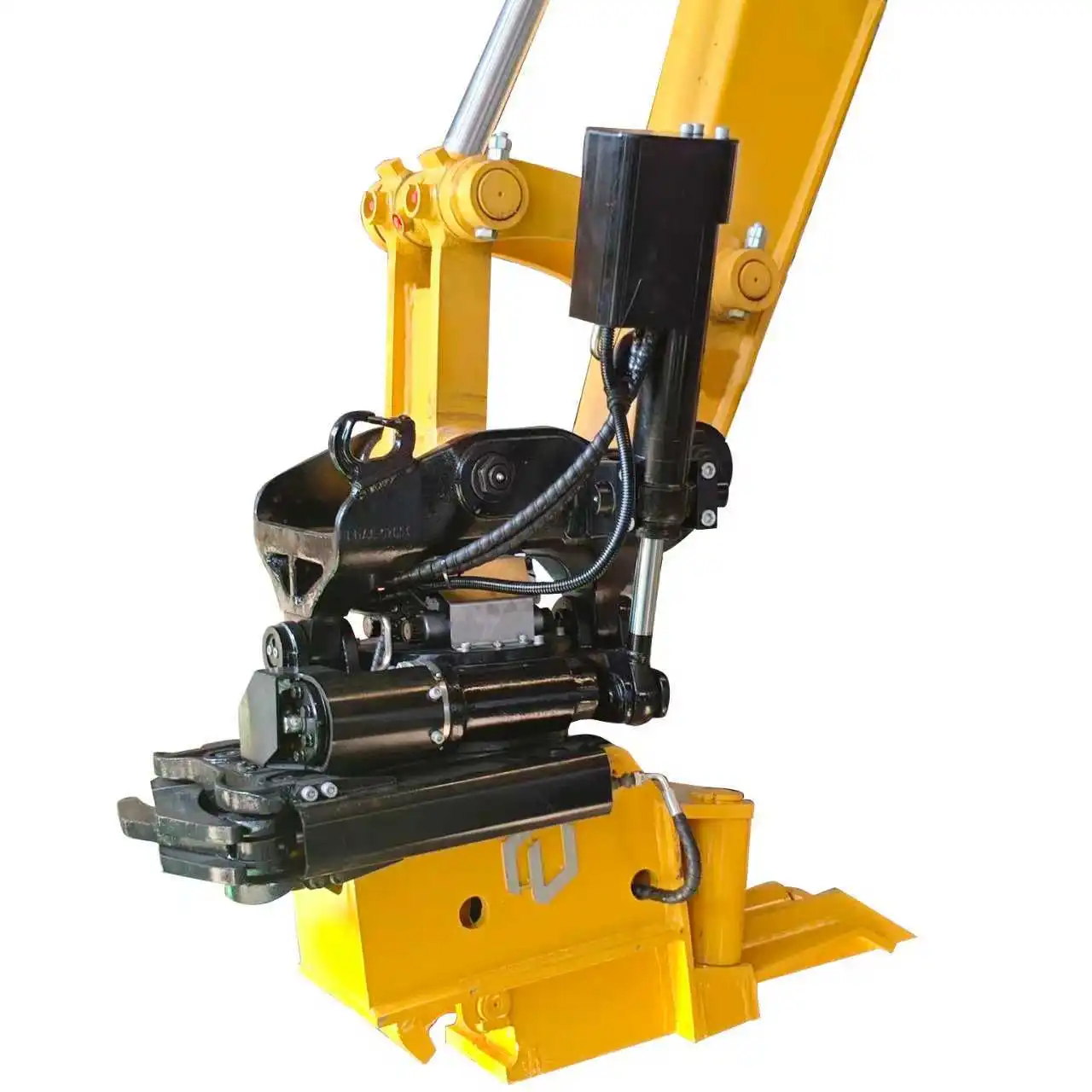 VIEW MORERail Transfer Guide(Rail Threader)
VIEW MORERail Transfer Guide(Rail Threader)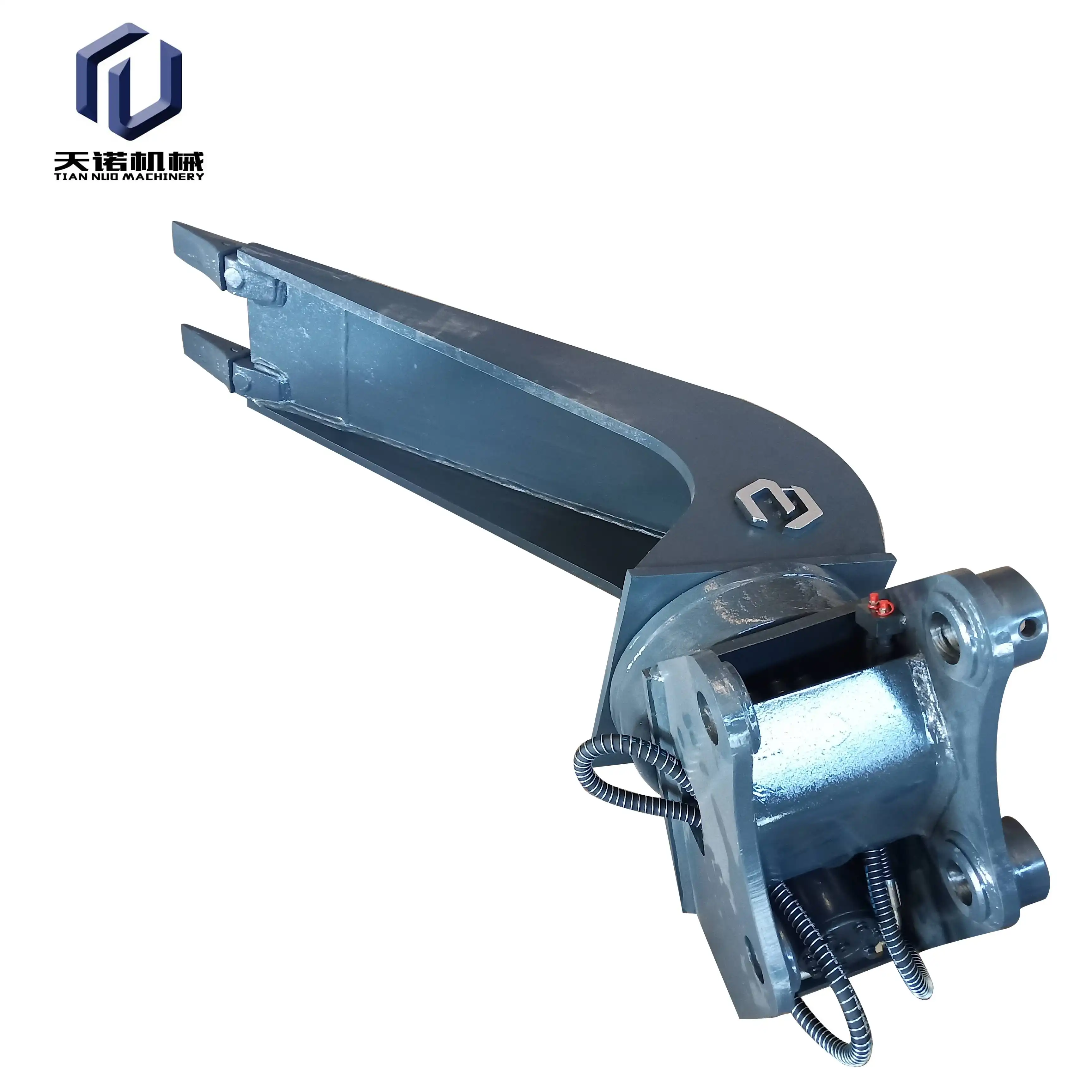 VIEW MOREExcavator ballast cleaning hopper
VIEW MOREExcavator ballast cleaning hopper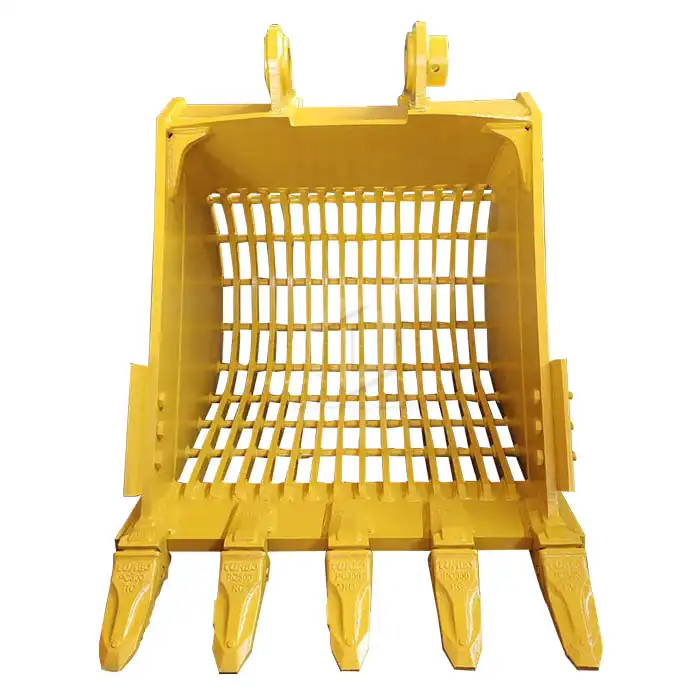 VIEW MOREExcavator Grid Bucket
VIEW MOREExcavator Grid Bucket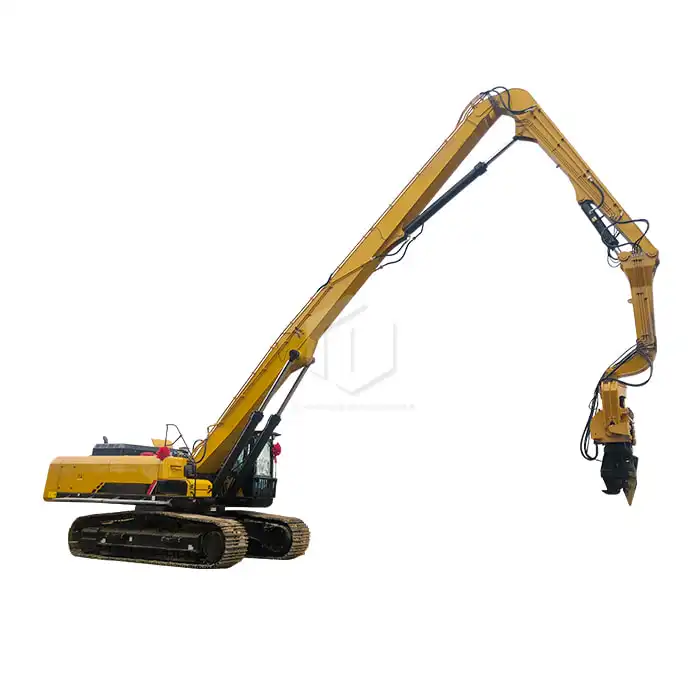 VIEW MOREExcavator Piling Boom
VIEW MOREExcavator Piling Boom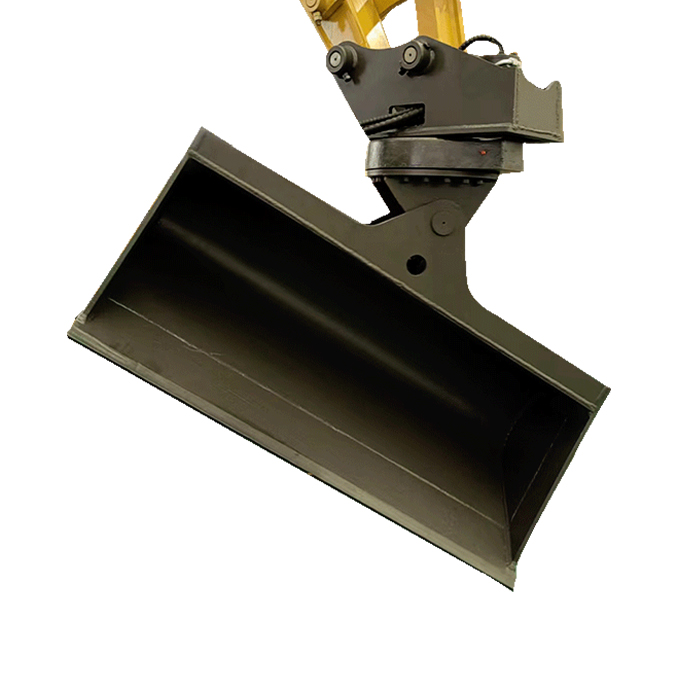 VIEW MOREDegree Rotating Hydraulic Tilt Ditching Bucket
VIEW MOREDegree Rotating Hydraulic Tilt Ditching Bucket

